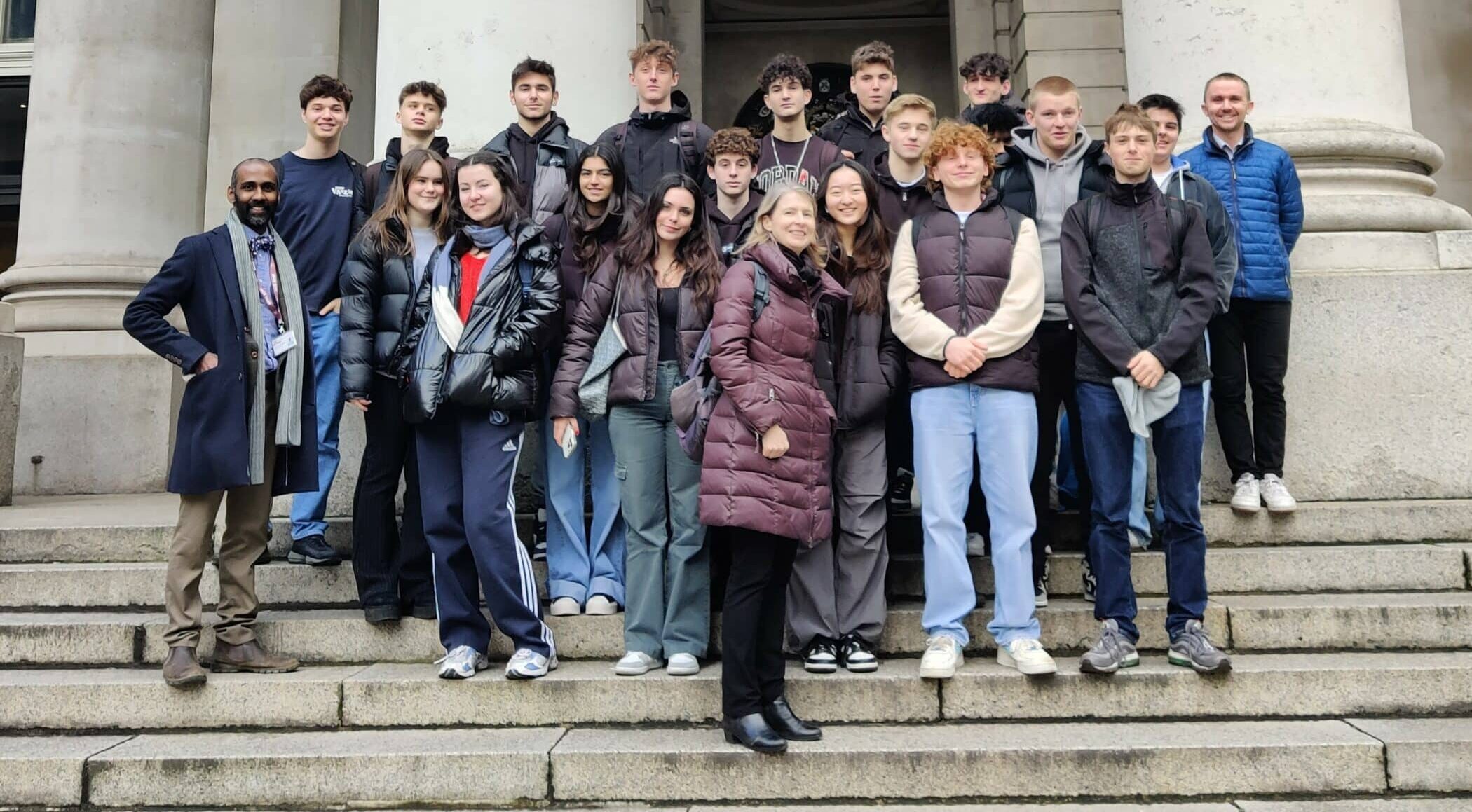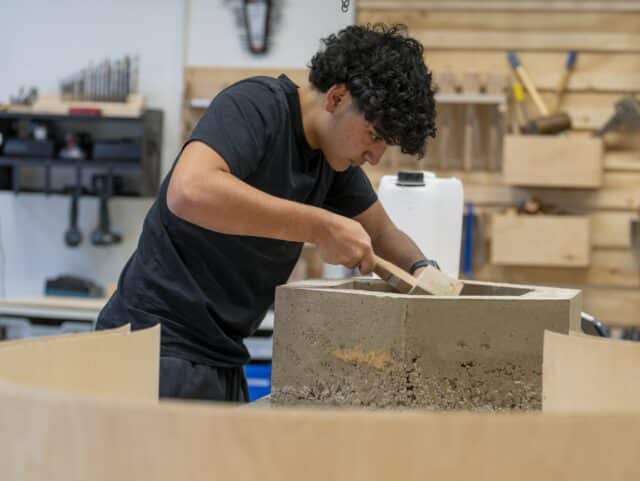Bank of England slavery exhibition is Year 12 eye-opener
UCS Year 12 students have visited the Bank of England Museum as part of the Academic Enrichment programme for this year group. The main purpose of the trip was to take in the Slavery & the Bank exhibition about the history of transatlantic slavery through the trade’s connections with the Bank of England and the wider City of London. Year 12 (aka Transitus) pupil Jackson takes up the story.
By Jackson Neumann-Naimski
I found the exhibition about the Bank of England’s role in slavery, which opened midway through 2022, so very compelling. The particularly interesting thing for me was that it acknowledged the Bank’s role in the slave trade. Indeed, Slavery & the Bank charts in detail the transatlantic slave trade, with information on the Bank’s part in financing the trade and the compensation paid to slave owners following the 1833 Slavery Abolition Act which affected most parts of the British Empire.
The exhibition was an important reminder of the institution’s complex history and role in the transatlantic slave trade. I believe it is important to recognise this history in order to understand the ongoing impact of slavery on the world today and to work towards a more just and fair society.
When we first arrived at the Museum, located in the same building as the Bank, the exterior was a sight to behold. It loomed like a fortress over Bank Station, such was the scale of the place. The bank was rebuilt during the first half of the last century, but it has occupied the same site since 1734. It certainly gives meaning to the word ‘imposing’!
Among the most notable exhibits, apart from Slavery & the Bank, were a game where you attempted to balance the UK inflation rate, a genuine gold bar that you could pick up in a case, and some display cases containing fascinating artefacts such as vintage banknotes, coins, swords, and machines used to print banknotes.
Overall, I loved visiting the Bank of England and learning about its importance in the UK and global economy.




